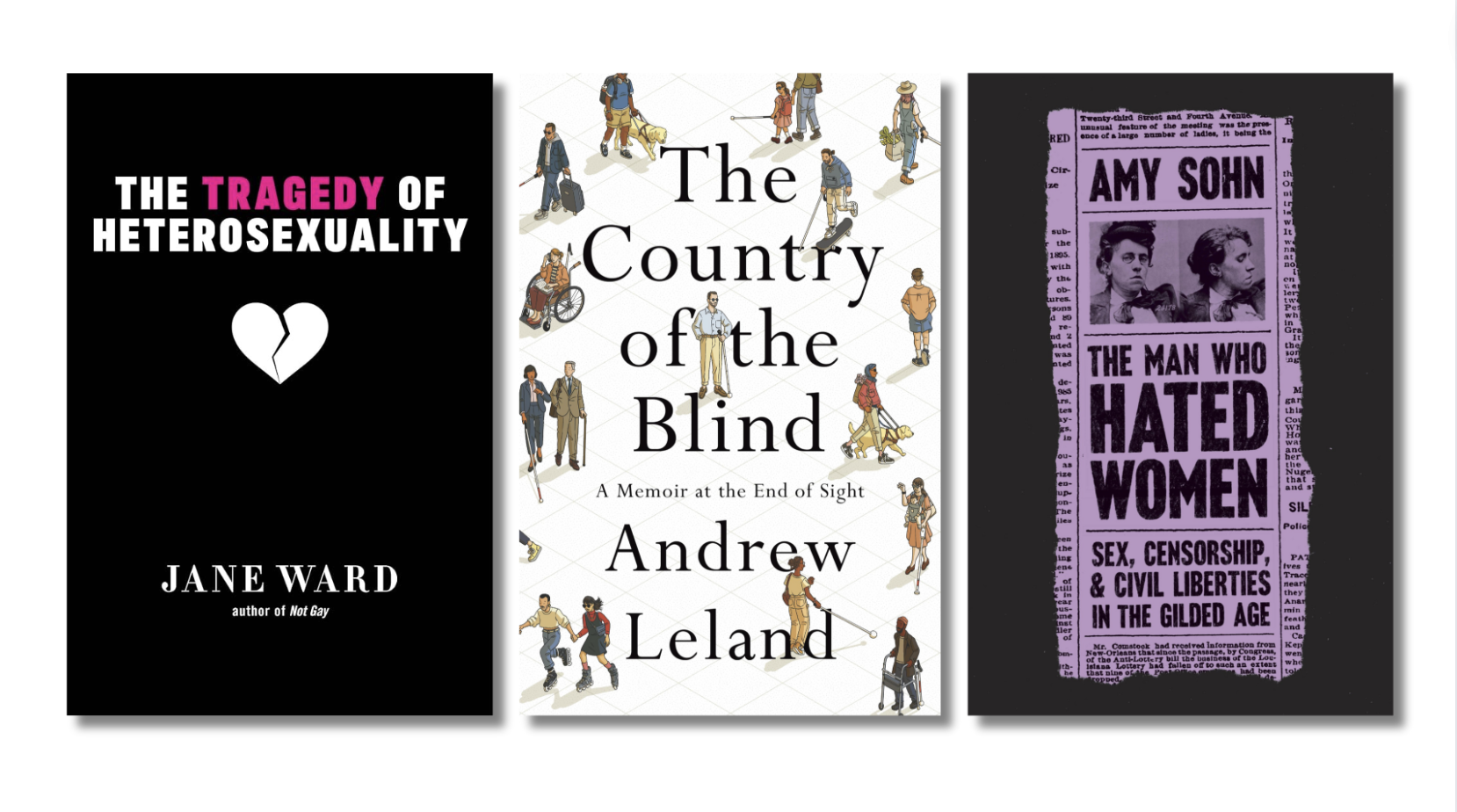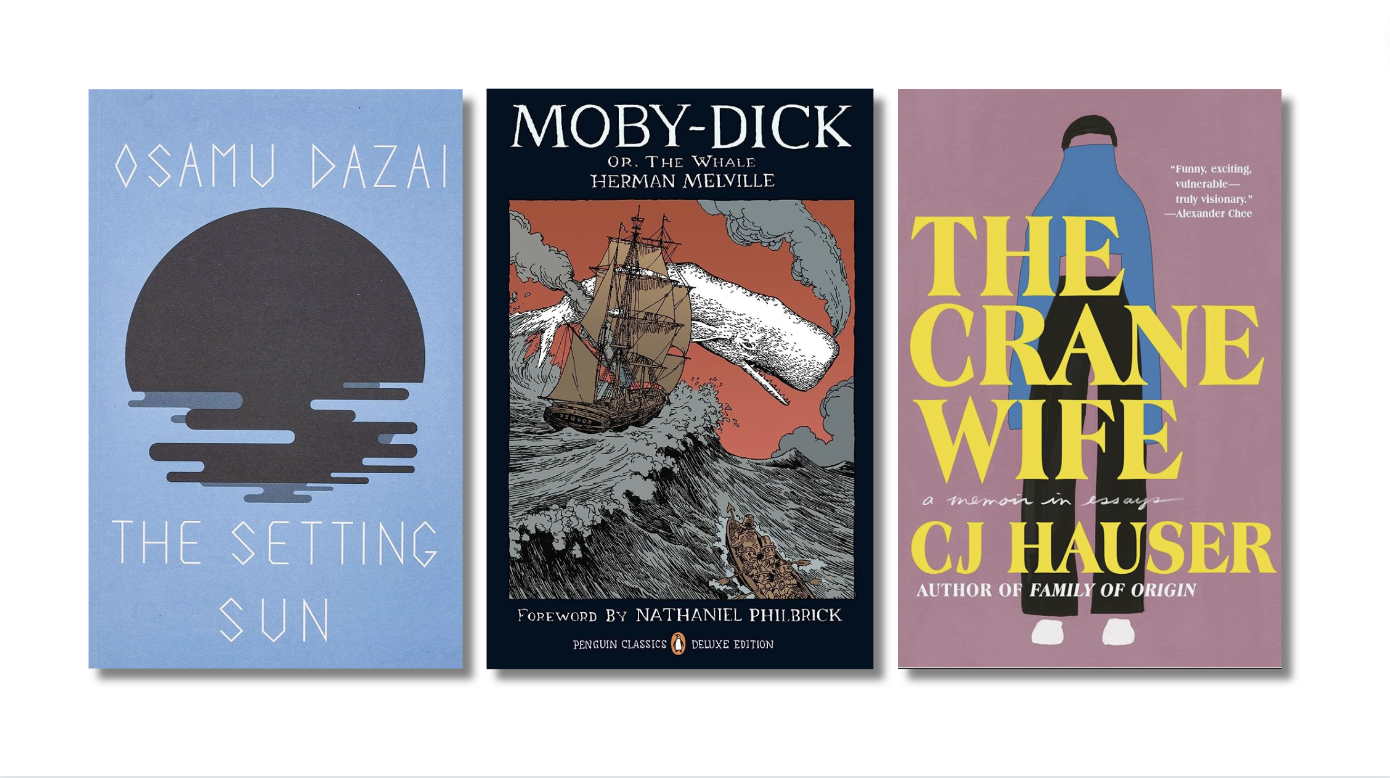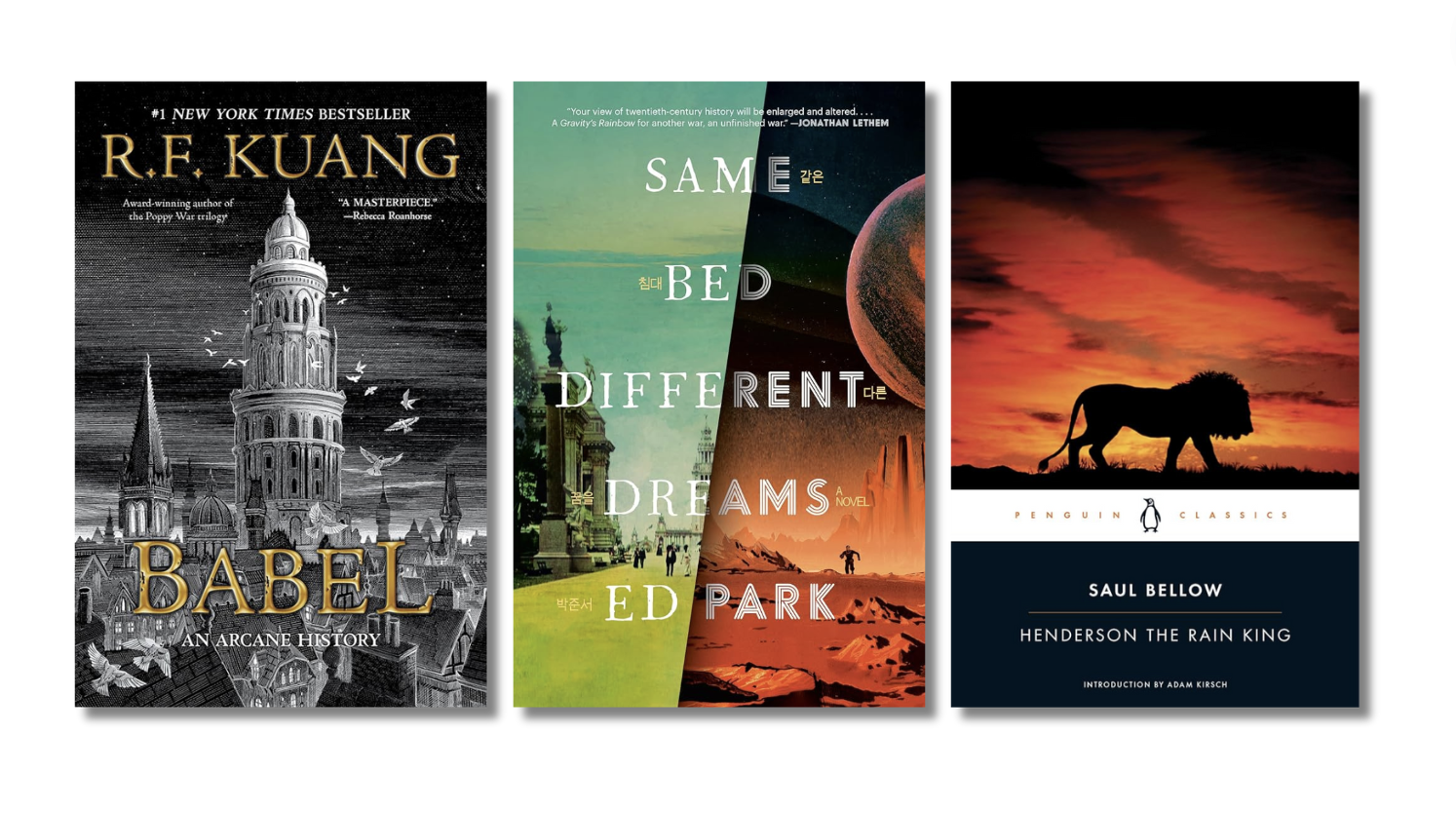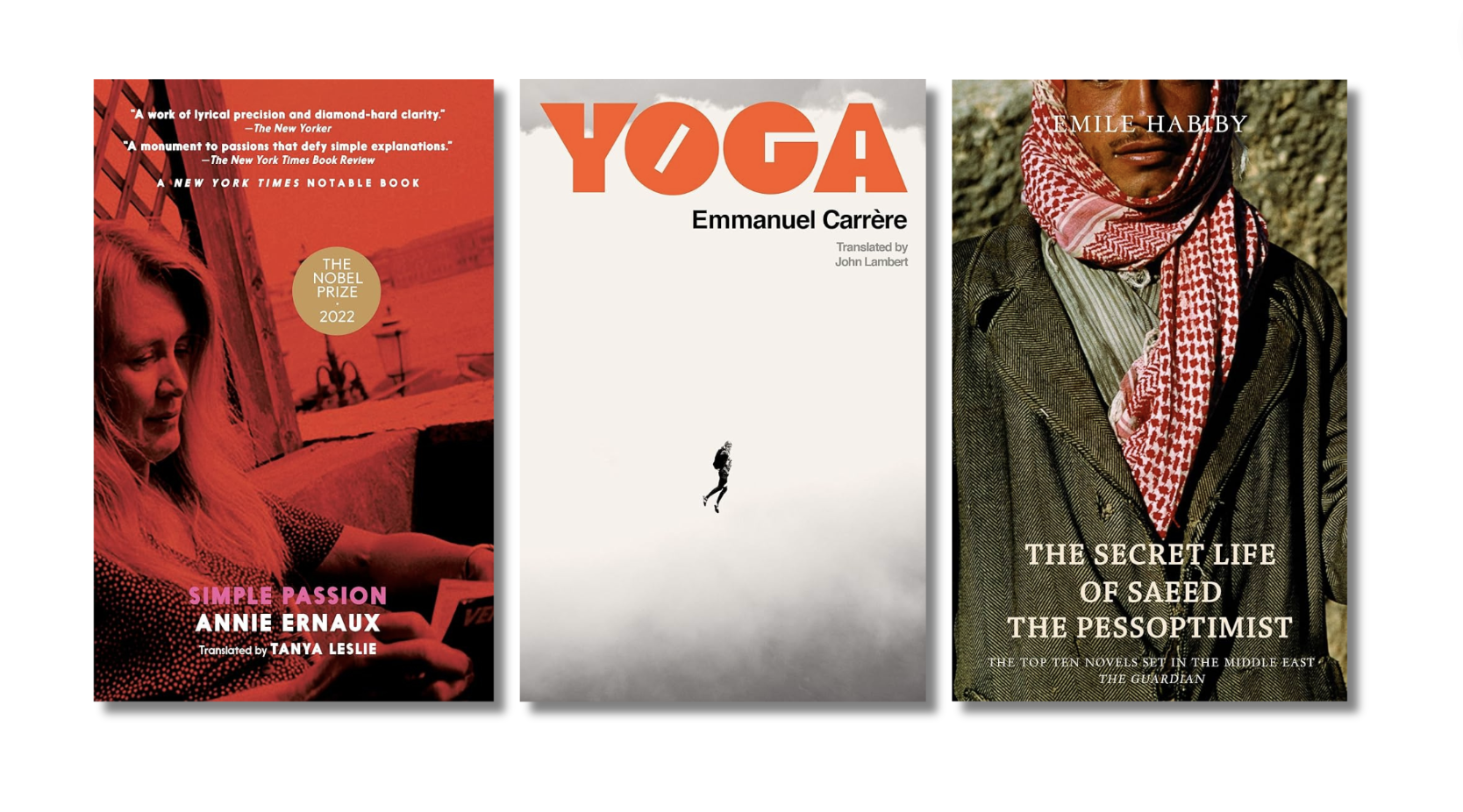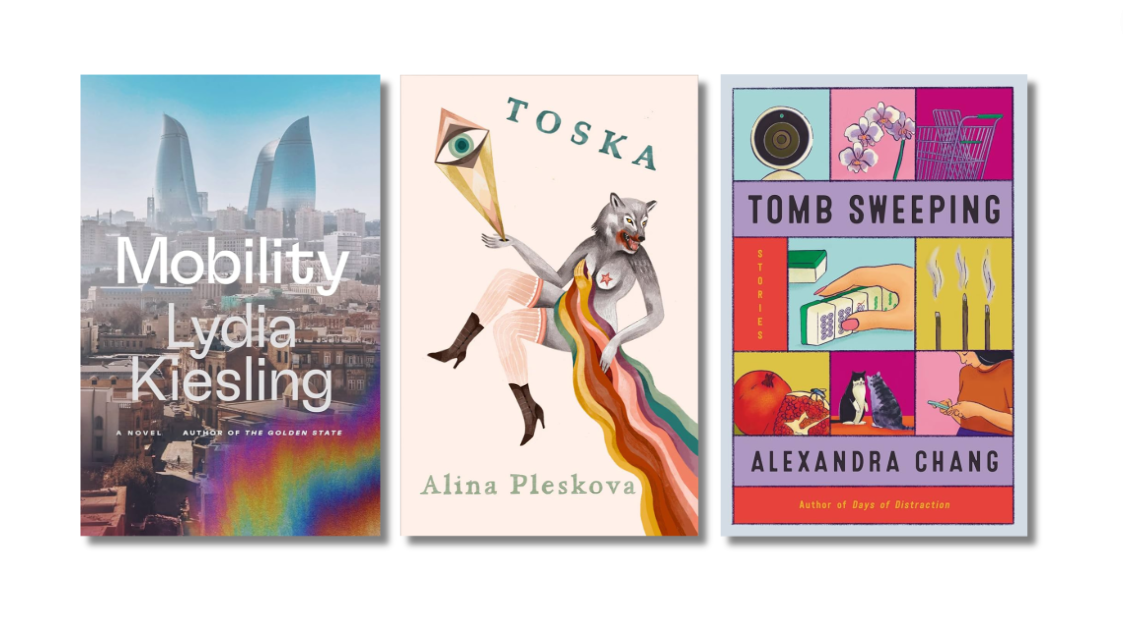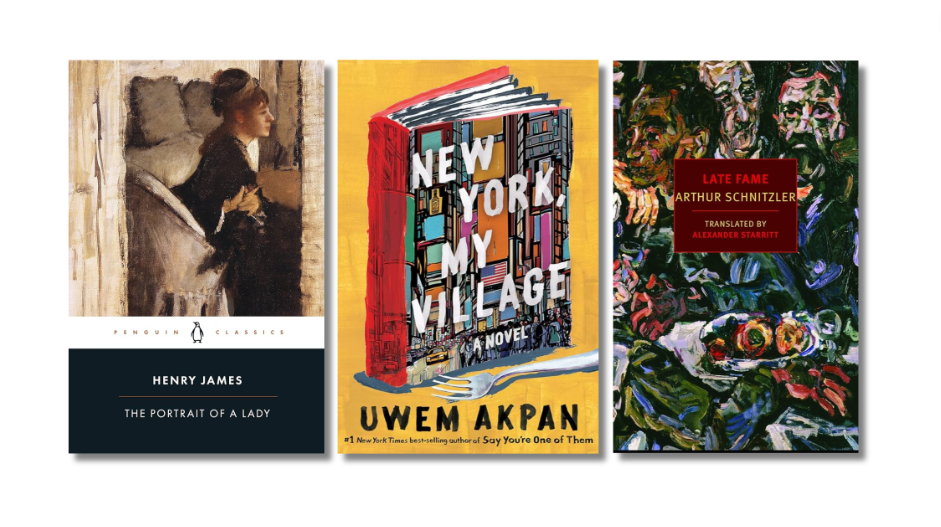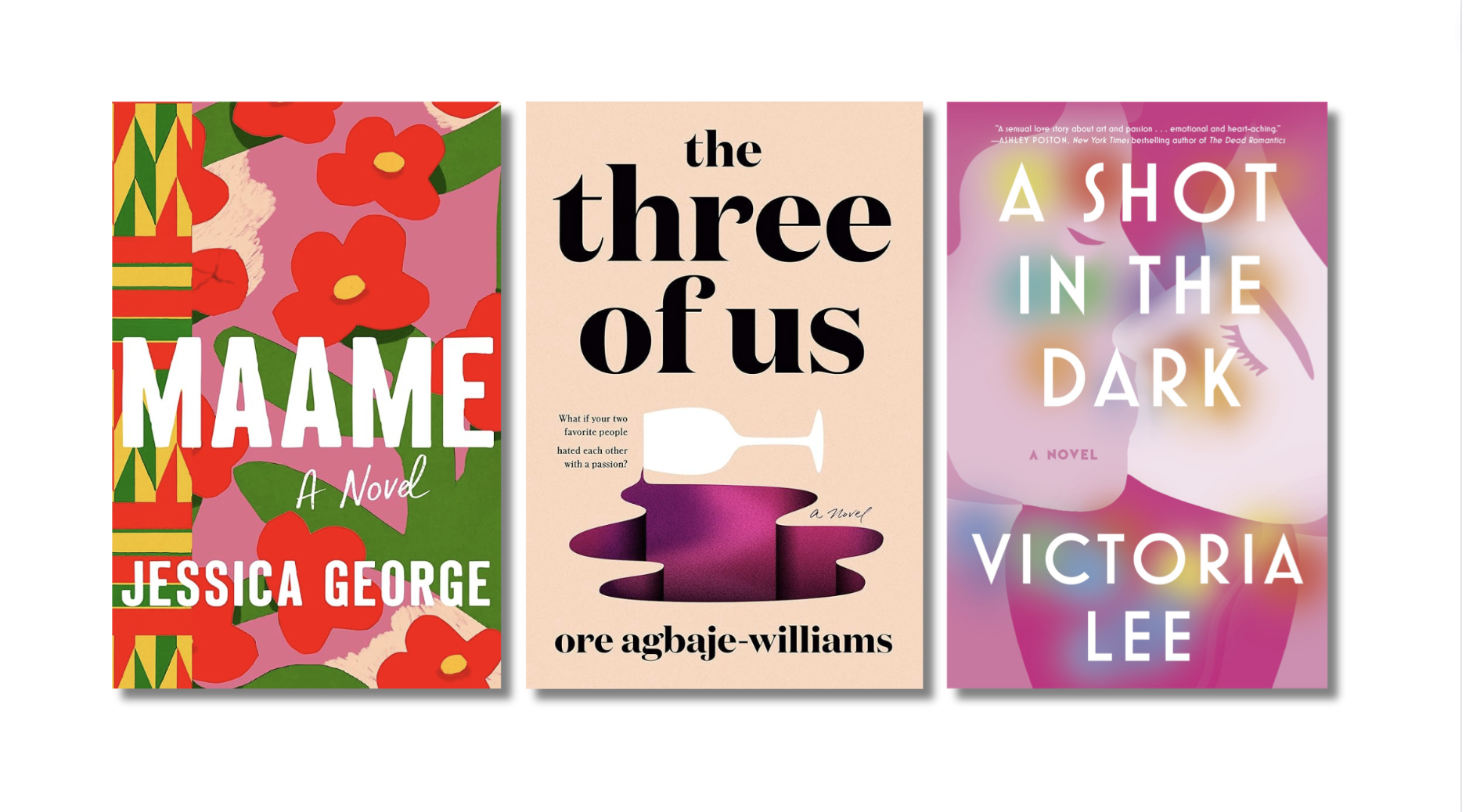I made the commitment this year that I would try to be happy. My best friend died last September. She was the fun one who took me to new restaurants and wore prints I never could. She made me travel and laugh. Before she died, we were going to Australia next. We were going to pet Koalas whether they had chlamydia or not. When I gave her eulogy, I made a commitment to keep my life as vivid as she left it and then found myself failing. Life was dull, even with books, which is unlike me.
At her celebration of life ceremony, everyone was given a small Tiffany blue bag full of what I assumed were all pictures of her. I couldn’t bring myself to open it until about six months after. Inside there were bookmarks with her name and likeness on it, with little sentimental statements, like, “Drink Tea. Read Books. Be Happy.” I thought, okay, Rhonda, let’s try that. So, I read every book I thought would bring me to joy and it worked a little. I let the bookmark sit in books I would want her to read, and in that sense, I got to pretend we were running our own personal book club, from the spirit world into my own. Her face, smiling between pages, carrying me to “Be Happy,” or try.
First was Carmen Maria Machado’s Her Body and Other Parties. Given how much the women I love love this book, I knew it would glimmer into fire and provoke me to write more ruthlessly. Machado’s book isn’t just conceptually brilliant, in terms of taking a children’s story like “The Green Ribbon” and changing the point of view, deepening the severity, sexuality, and interiority of the subject, all in order to retrieve a story whose girl deserved more story, but it’s also stylistically genius, because it captures the essence, aesthetic, structure, and time of the voice within the original story. The levels of her style make reading and rereading a whole lesson.
 We read An American Marriage by Tayari Jones and felt the love and anguish of circumstance and self-reflection in the stories of Celestial and Roy. I knew my friend would be frustrated and angry at the injustices the characters faced, and that it was the type of heartfelt work that would challenge our ideas of love. Jones undercut readers’ expectations and cultivated a reality that pushed me out of my own lived experience, and that disruption made life more bearable and exciting.
We read An American Marriage by Tayari Jones and felt the love and anguish of circumstance and self-reflection in the stories of Celestial and Roy. I knew my friend would be frustrated and angry at the injustices the characters faced, and that it was the type of heartfelt work that would challenge our ideas of love. Jones undercut readers’ expectations and cultivated a reality that pushed me out of my own lived experience, and that disruption made life more bearable and exciting.
 Rhonda was going to like Mongrels by Stephen Graham Jones, because it’s an underdog story, kind of literally. The main character is this young boy in a family full of werewolves, and it does something I haven’t ever seen before, which is interrogate the practical realities someone would face living as a werewolf. Werewolves can’t hold down jobs; they have to migrate; they can’t wear leggings unless they want them embedded in their skins; their lifespans are awfully short, and they can’t really have healthy romances, because it’s risky. These beautiful monsters hurt the ones they love, often by accident. Also, this story resonates for anybody who’s been poor and felt like they were in the margins, and maybe preferred it, given how awful the haves can be to the have nots. It’s a rebellious book, written in plain language, with humor and heart. I think Rhonda loved it.
Rhonda was going to like Mongrels by Stephen Graham Jones, because it’s an underdog story, kind of literally. The main character is this young boy in a family full of werewolves, and it does something I haven’t ever seen before, which is interrogate the practical realities someone would face living as a werewolf. Werewolves can’t hold down jobs; they have to migrate; they can’t wear leggings unless they want them embedded in their skins; their lifespans are awfully short, and they can’t really have healthy romances, because it’s risky. These beautiful monsters hurt the ones they love, often by accident. Also, this story resonates for anybody who’s been poor and felt like they were in the margins, and maybe preferred it, given how awful the haves can be to the have nots. It’s a rebellious book, written in plain language, with humor and heart. I think Rhonda loved it.
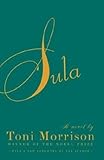 Next was Sula by Toni Morrison. Rhonda had probably read Toni Morrison before, but I felt like, post-life, the story of Nel and Sula would resonate differently. The town in which Sula is set shows how setting can be character. Given the way oppression works, the way lateral oppression can transpire, and how judgment functions to both hurt the judged and the pious, the book gets me to think critically about how necessary relationships between women are. The content is complicated and heavy to handle carefully, but the language and cadence and imagery lifted me up into heavenly-ness.
Next was Sula by Toni Morrison. Rhonda had probably read Toni Morrison before, but I felt like, post-life, the story of Nel and Sula would resonate differently. The town in which Sula is set shows how setting can be character. Given the way oppression works, the way lateral oppression can transpire, and how judgment functions to both hurt the judged and the pious, the book gets me to think critically about how necessary relationships between women are. The content is complicated and heavy to handle carefully, but the language and cadence and imagery lifted me up into heavenly-ness.
 The Bluest Eye by Toni Morrison is disturbing and provoking. Morrison’s work is fearless, or dangerous, enough to write a rape scene in the rapist’s perspective in order to come to new conclusions about sexual violence, incest, and how it works cyclically and generationally. The book shows how damaging whiteness is up close. White supremacy deforms love and its potential. There’s nothing more heartbreaking in my opinion. I knew Rhonda would like it, because she was a high school teacher who constantly had to challenge racism in her classroom. She was always using story to make people think. This is the type of book she’d love to teach.
The Bluest Eye by Toni Morrison is disturbing and provoking. Morrison’s work is fearless, or dangerous, enough to write a rape scene in the rapist’s perspective in order to come to new conclusions about sexual violence, incest, and how it works cyclically and generationally. The book shows how damaging whiteness is up close. White supremacy deforms love and its potential. There’s nothing more heartbreaking in my opinion. I knew Rhonda would like it, because she was a high school teacher who constantly had to challenge racism in her classroom. She was always using story to make people think. This is the type of book she’d love to teach.
 Ocean Vuong’s On Earth We’re Briefly Gorgeous is a beautiful book. The scenes are so vividly actualized. It’s epistolary, full of tragedy and intellect. It’s hard to write to one’s mother with honesty, but I feel like everyone would be better for it. It felt new and risky. I think it would have made Rhonda cry and look at her students differently, because the specificity of the book, and the way it expands the interior space of one mind truly shows how there is a world in each of us. The desire to show someone your heart is felt on every page.
Ocean Vuong’s On Earth We’re Briefly Gorgeous is a beautiful book. The scenes are so vividly actualized. It’s epistolary, full of tragedy and intellect. It’s hard to write to one’s mother with honesty, but I feel like everyone would be better for it. It felt new and risky. I think it would have made Rhonda cry and look at her students differently, because the specificity of the book, and the way it expands the interior space of one mind truly shows how there is a world in each of us. The desire to show someone your heart is felt on every page.
We’ve read more, and had a lot of false starts with books I couldn’t get my head around, but these were the books, I think, that touched us both. Living inside the books made it feel true that all I needed was to drink tea, read books, and be happy. Living in books is easy. The hard stuff is out there.
Love you, Rhonda. Miss you.
More from A Year in Reading 2019
Don’t miss: A Year in Reading 2018, 2017, 2016, 2015, 2014, 2013, 2012, 2011, 2010, 2009, 2008, 2007, 2006, 2005


